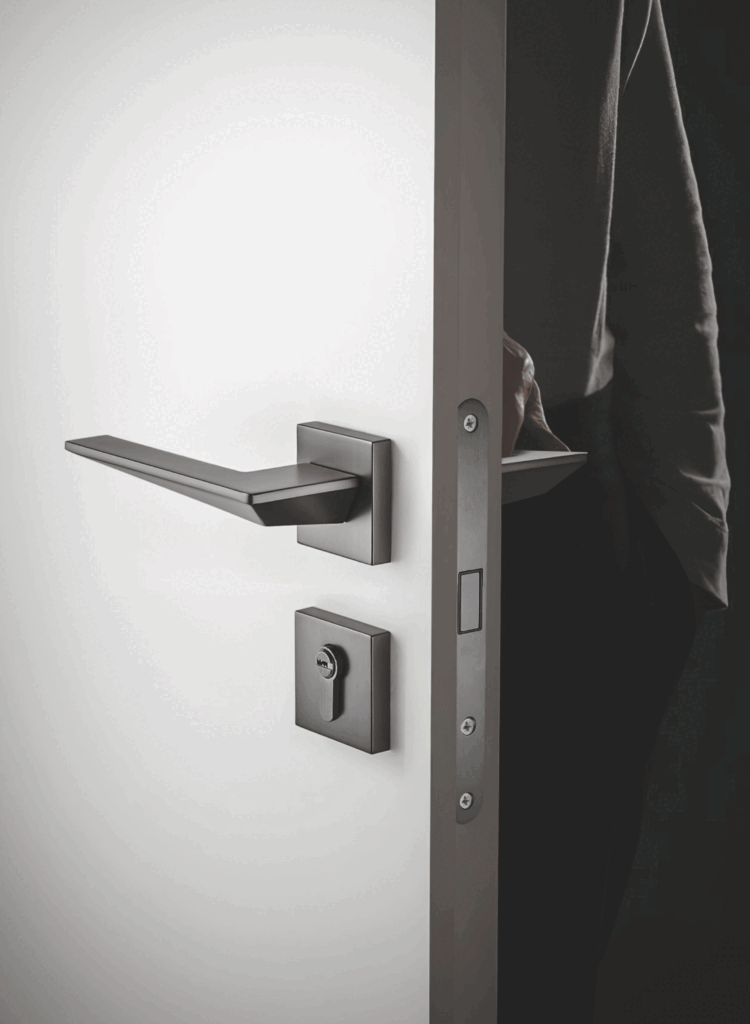Introduction: Understanding the Lifespan of Various Door Hardware Components
When it comes to outfitting a commercial or residential property, door hardware is often overlooked, yet it plays a critical role in the functionality, security, and aesthetics of a building. From mechanical door locks and door handles to hinges, peepholes, and door closers, the durability of these components directly impacts their performance and longevity. Understanding the factors that influence the lifespan of door hardware is essential for making informed purchasing decisions that ensure long-term value and reliability. In this article, we will explore the key factors that affect the durability of door hardware and how to maximize its lifespan.
Material Durability: Which Materials Last the Longest
The materials used in door hardware are one of the most significant determinants of their lifespan. Different materials offer varying levels of strength, resistance to wear and tear, and protection against environmental factors. Here’s a closer look at some of the most durable materials commonly used in door hardware:
1. Stainless Steel
- Mechanical Door Locks: Stainless steel is widely used in mechanical door locks due to its exceptional strength and corrosion resistance. It is particularly effective in environments exposed to moisture or harsh weather conditions, making it a popular choice for both residential and commercial properties.
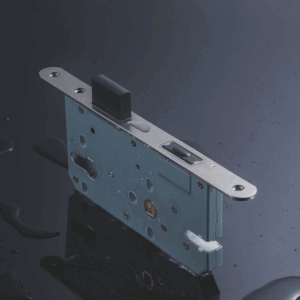
- Door Handles and Hinges: Stainless steel door handles and hinges are known for their ability to withstand heavy use without losing their structural integrity. They are ideal for high-traffic areas such as offices, hotels, and public buildings.
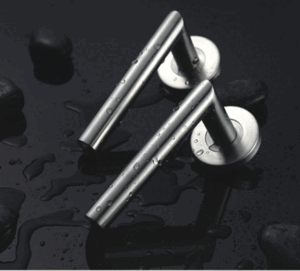
2. Brass
- Door Handles and Peepholes: Brass is another durable material often used in door hardware, particularly for door handles and peepholes. It offers a classic, attractive finish while also being resistant to corrosion and wear. With proper maintenance, brass hardware can last for decades.
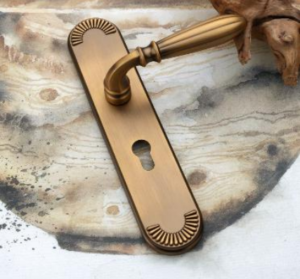
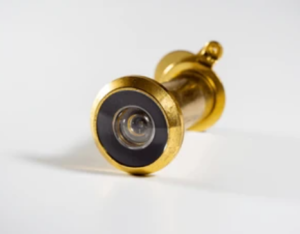
- Door Closers: Brass components in door closers provide smooth operation and longevity, making them suitable for both residential and commercial applications.
3. Zinc Alloy
- Mechanical Door Locks and Door Closers: Zinc alloy is commonly used in the production of door hardware due to its durability and resistance to rust. It is often used in combination with other metals to enhance its strength and longevity.
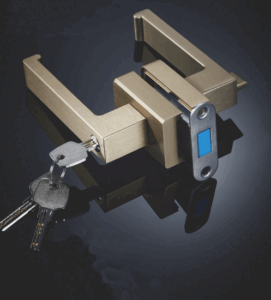
4. Bronze
- Hinges and Door Closers: Bronze is known for its strength and resistance to corrosion, especially in coastal areas where salty air can cause other materials to deteriorate. Bronze hinges and door closers are often chosen for their durability and ability to maintain a smooth operation over time.
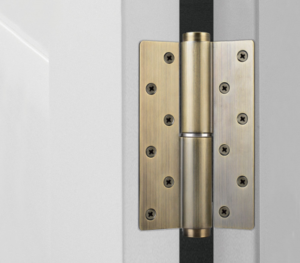
5. Aluminum
- Peepholes and Door Closers: Aluminum is lightweight yet strong, making it a practical choice for certain door hardware components like peepholes and door closers. It resists corrosion well, though it may not be as durable as stainless steel or brass in high-traffic areas.
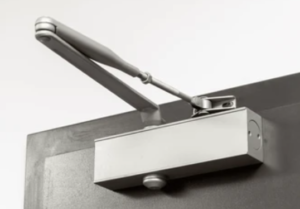
Impact of Environmental Factors: How Location Affects Longevity
The environment in which door hardware is installed plays a crucial role in determining its lifespan. Factors such as humidity, temperature, exposure to saltwater, and pollution can all contribute to the wear and tear of door hardware over time.
1. Coastal Areas
- Challenge: Coastal environments expose door hardware to high levels of salt in the air, which can accelerate corrosion and rust, especially in materials like steel or iron.
- Solution: For coastal areas, materials such as stainless steel, bronze, and specially coated aluminum are recommended for their superior resistance to corrosion. These materials help ensure that mechanical door locks, hinges, and door closers remain functional and visually appealing for longer periods.
2. Urban Environments
- Challenge: In cities, pollution and industrial emissions can lead to the accumulation of grime and corrosive particles on door hardware, potentially damaging the components over time.
- Solution: Regular cleaning and the use of corrosion-resistant materials like stainless steel and brass can help mitigate the effects of pollution on door hardware.
3. High-Traffic Areas
- Challenge: Door hardware in high-traffic areas such as office buildings, schools, and commercial spaces experiences frequent use, which can lead to faster wear and tear.
- Solution: Investing in heavy-duty materials like stainless steel and zinc alloy, along with robust designs, can ensure that door handles, locks, and hinges withstand the demands of constant use.
4. Extreme Temperatures
- Challenge: Environments with extreme heat or cold can cause materials to expand, contract, or become brittle, potentially compromising the integrity of door hardware.
- Solution: Materials like stainless steel and bronze, which have excellent temperature resistance, are ideal for extreme climates. Additionally, ensuring that door hardware components are designed to accommodate temperature fluctuations can prevent premature failure.
Maintenance Practices: Extending the Life of Your Hardware
Proper maintenance is key to extending the lifespan of door hardware. Regular upkeep not only helps preserve the appearance of the hardware but also ensures that it functions smoothly for years to come. Here are some maintenance practices that can help prolong the life of your door hardware:
1. Regular Cleaning
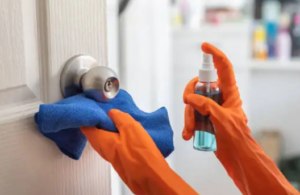
- Recommendation: Regularly clean door handles, locks, hinges, and other hardware components with a soft cloth and mild detergent. Avoid using harsh chemicals that can damage the finish or corrode the material.
- Benefit: This prevents the buildup of dirt, grime, and corrosive substances, particularly in urban or coastal environments.
2. Lubrication
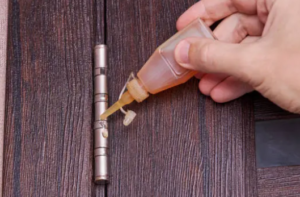
- Recommendation: Apply lubricant to moving parts, such as hinges and locks, to reduce friction and wear. Use products specifically designed for door hardware to avoid damaging the components.
- Benefit: Lubrication ensures smooth operation, reduces wear and tear, and prevents rust in metal components.
3. Inspect for Damage
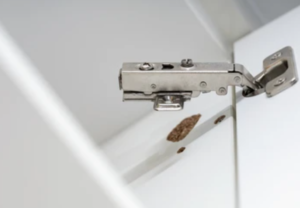
- Recommendation: Regularly inspect door hardware for signs of damage, such as rust, cracks, or loose components. Address any issues promptly to prevent further deterioration.
- Benefit: Early detection of problems allows for timely repairs or replacements, avoiding more significant issues down the line.
4. Re-Coating and Polishing
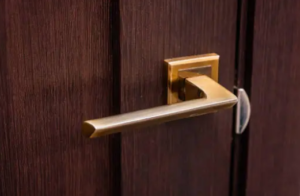
- Recommendation: For brass and bronze hardware, consider periodic re-coating or polishing to restore the finish and provide an additional layer of protection against corrosion.
- Benefit: This helps maintain the aesthetic appeal of the hardware while also enhancing its durability.
5. Seasonal Adjustments
- Recommendation: In regions with extreme seasonal temperature changes, check and adjust door hardware as needed to accommodate any expansion or contraction of materials.
- Benefit: This prevents issues such as warping or misalignment, which can affect the performance of locks, hinges, and door closers.
Conclusion: Investing in Durable Hardware for Long-Term Savings
Investing in high-quality, durable door hardware is a smart decision that pays off in the long run. By choosing materials that are built to withstand the specific environmental conditions of your location, and by implementing regular maintenance practices, you can significantly extend the lifespan of your door hardware. Whether you’re responsible for outfitting a commercial building, a residential development, or a high-traffic public space, selecting the right hardware and taking care of it properly will not only ensure security and functionality but also save on replacement costs over time.
Durable hardware is an investment in the longevity and reliability of your building’s infrastructure. By understanding the factors that influence the lifespan of door hardware and making informed choices, you can provide your clients with products that deliver both quality and value, ensuring their satisfaction and building long-term relationships.
Share This Story, Choose Your Platform!

